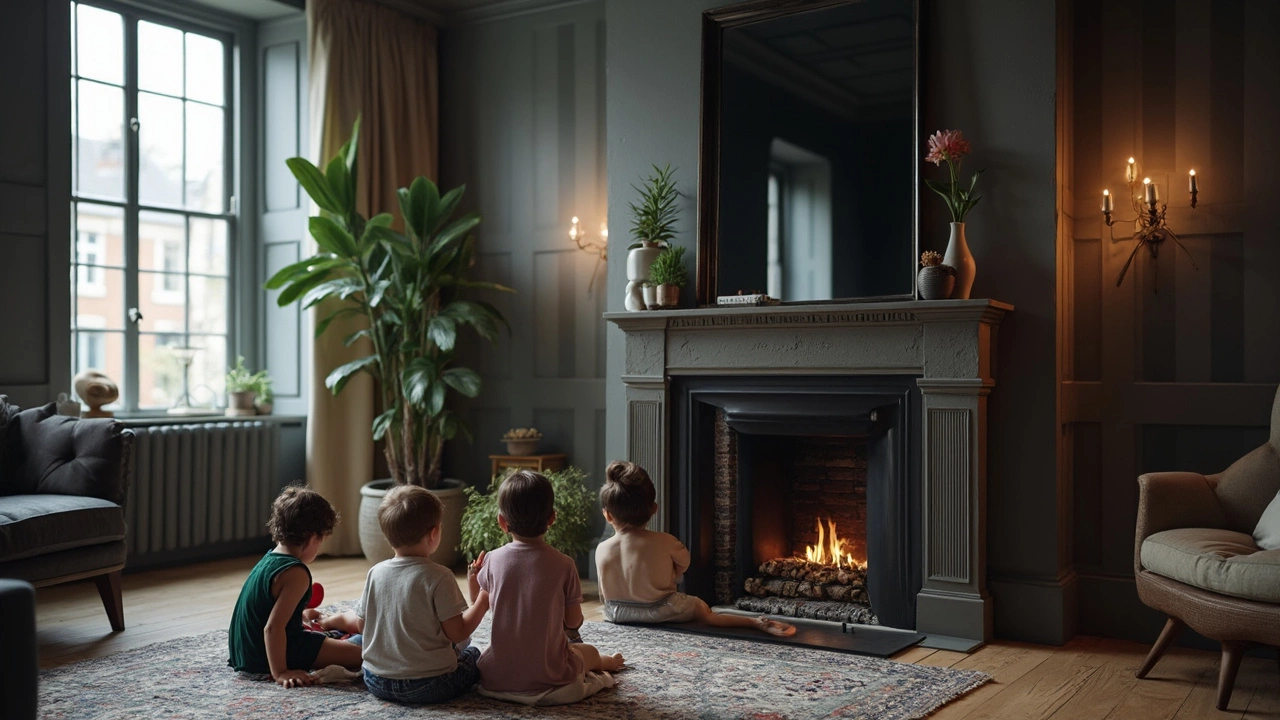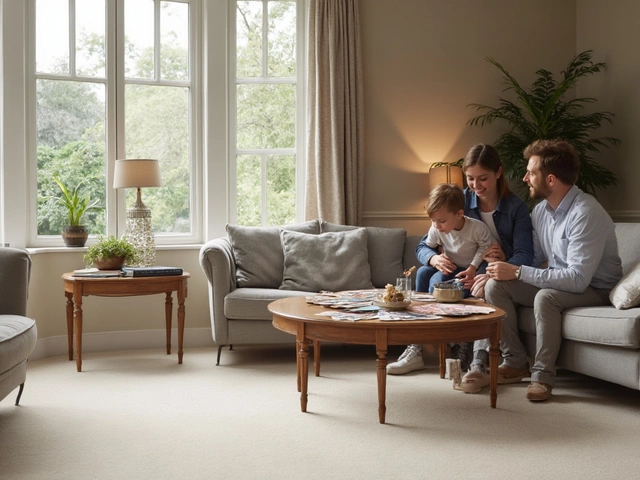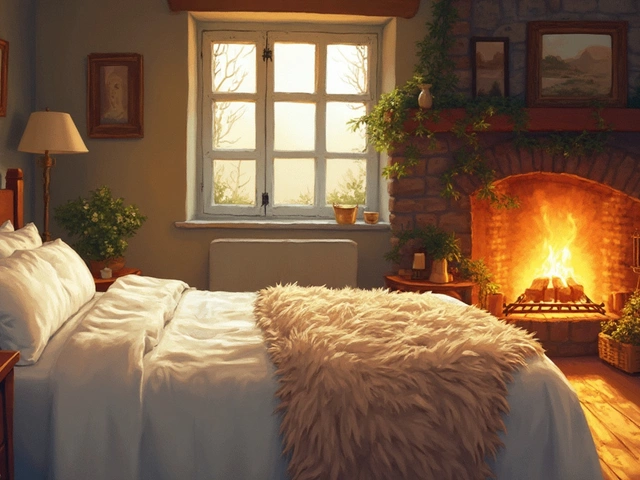Reflective Surfaces: Simple Ways to Light Up Any Room
Ever walk into a room and feel instantly bigger and brighter? Chances are there’s a mirror or another shiny element pulling the light around. Reflective surfaces do more than just show your face – they bounce daylight, make cramped spaces feel open, and add a dash of style without a big price tag.
Pick the Right Mirror Shape for Your Space
Not all mirrors suit every wall. A round mirror works wonders over a narrow hallway because it softens sharp edges. A tall, narrow rectangle can stretch a tall room’s ceiling line, making it feel higher. If you have a bold pattern wall, a simple square or oval mirror adds balance without competing for attention. Think about the room’s function: a large, full‑length mirror in a bedroom helps with dressing, while a medium decorative mirror above a mantel adds a focal point.
Where to Hang – Getting the Most Bounce
The placement matters just as much as the mirror itself. Hang a mirror opposite a window and watch natural light double up. In a dark kitchen, a small mirrored backsplash can reflect under‑cabinet lighting and make the worktop feel wider. If you’re dealing with a low‑ceiling lounge, mount a mirror a few inches below ceiling height to create the illusion of height. Just keep the eyes at about eye level – that’s where the bounce looks most natural.
Don’t limit yourself to glass. Glossy tiles, polished metal picture frames, and lacquered wood panels act as reflective surfaces too. A glossy white tile backsplash not only looks sleek but also sends light back into the room. A brushed‑gold side table can add a subtle shimmer that catches the eye without overwhelming the space.
Maintenance is easy if you know the basics. For mirrors, a quick spray of water mixed with a touch of dish soap and a soft microfiber cloth does the trick. Avoid abrasive pads – they can leave scratches. Glossy tiles only need a wipe‑down with a mild cleaner; a little vinegar diluted in water works well for removing water spots.
When you’re picking a reflective piece, consider the room’s colour palette. Neutral walls let a bright mirror become the star. Dark walls can benefit from a light‑coloured reflective panel that throws back the limited light. If you love colour, choose a mirrored frame in a bold shade – the glass still reflects, but the frame adds a pop.
Finally, don’t overdo it. Too many reflective surfaces can feel chaotic, especially if they all compete for the same spot. Aim for a balance: one statement mirror, a few glossy accents, and the rest in matte finishes. This mix keeps the eye moving and the space feeling cohesive.
Ready to try? Start by measuring a wall you want to brighten, choose a mirror shape that fits the proportions, and hang it opposite your biggest light source. In a weekend you’ll see a noticeable change – more light, more space, and a fresh look that doesn’t cost a fortune.

Black Mirror: What the Heck Is This Type of Mirror, Anyway?
Black mirrors aren’t just the stuff of dystopian TV shows—they’re a real kind of mirror. This article explains what black mirrors are, how they’re used, and why they might be popping up more in conversations about design and history. You’ll learn the science behind their dark, glossy surface and discover the odd places they appear—from old-school artists' studios to some seriously cool modern homes. By the end, you’ll be able to spot a black mirror and might even want one yourself.
Categories
- Storage (27)
- Bathroom (18)
- Sofas (15)
- Curtains (15)
- Home Decor (12)
- Bedding (11)
- Kitchenware (11)
- Cushions (11)
- Mirrors (10)
- Rugs (9)



